Netaji Subhas Chandra Bose: From Hitler’s Germany to Japan, do you know 5 facts about Netaji Subhas?
Hello, friends!
On February 9, 1943, a German submarine departed from the city of Kiel, Germany. Although it carried the Nazi soldiers in it, an Indian was also present among them. An Indian whose name was Matsuda.
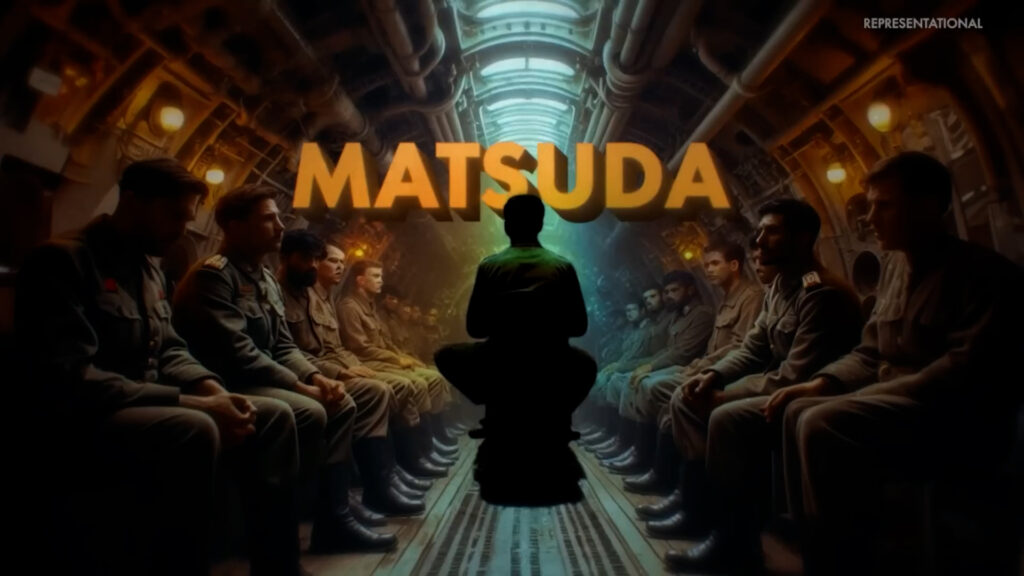
Who is Masuda?
This submarine was tasked with the mission to travel southward, go around Africa, and transfer Mr. Matsuda to a Japanese submarine. It sounds easy, but it was not without danger The sea route was full of British ships.
This was during the World War II when Germany and Japan were fighting against the British. On 26th April 1943, after a journey of about two and a half months, when this German submarine reached the coast of Madagascar, a Japanese submarine was spotted in front of it. But the sea was so stormy that
It could have been dangerous for these two submarines to get closer. So for the next two days, these submarines kept moving in parallel. Finally, when the weather cleared, Mr. Matsuda emerged from the submarine.
Why is the Mona Lisa the most famous painting in the world? How much is the Mona Lisa painting cost? Do you know 5 facts about Mona Lisa painting?
On a small raft, paddling and drenched, he reached the Japanese submarine, where he was welcomed by Captain Masao Teraoka. You may be wondering why these German and Japanese submarines were helping an Indian during World War II. This is because Mr. Matsuda is none other than our Netaji, Subhash Chandra Bose.
Netaji Subhas Chandra Bose: From Hitler’s Germany to Japan, do you know 5 facts about Netaji Subhas?
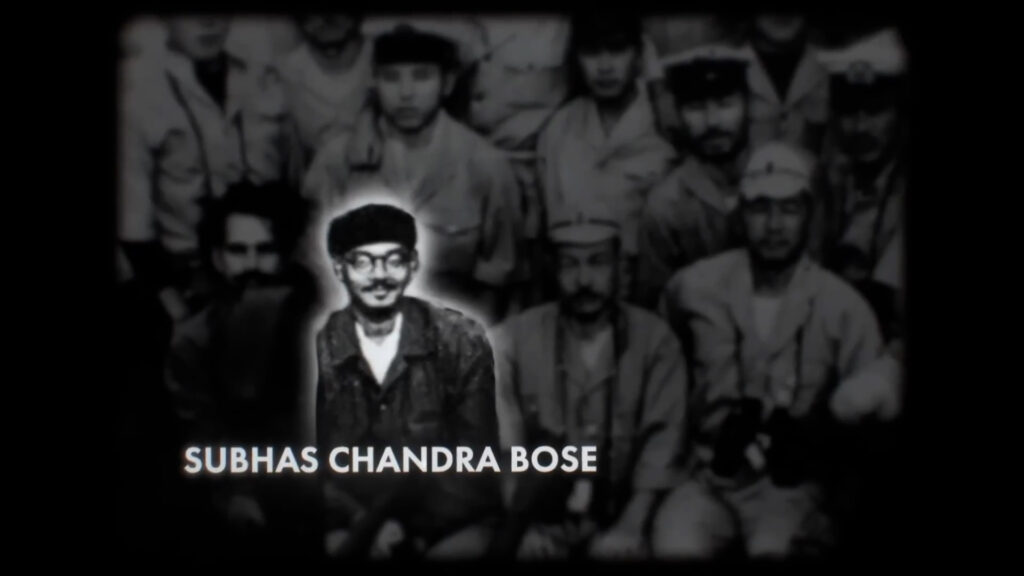
Unknowingly, perhaps, during this historic journey, he became the first Indian to travel in a submarine. Subhash Chandra Bose is one of the greatest freedom fighters in India, and his story is full of such amazing stories.
How he escaped under the nose of the British government: he went to Germany, met Hitler, went to Russia and Japan, met the Japanese Prime Minister, went to Singapore, and formed his own army. Even while staying outside India, he launched the biggest war on the British government occupying India.
Let’s understand his story in this article. Let’s start our story with 1939, the year when World War II started. The viceroy, Lord Linlithgow, declared war on behalf of India without consulting any Indians.
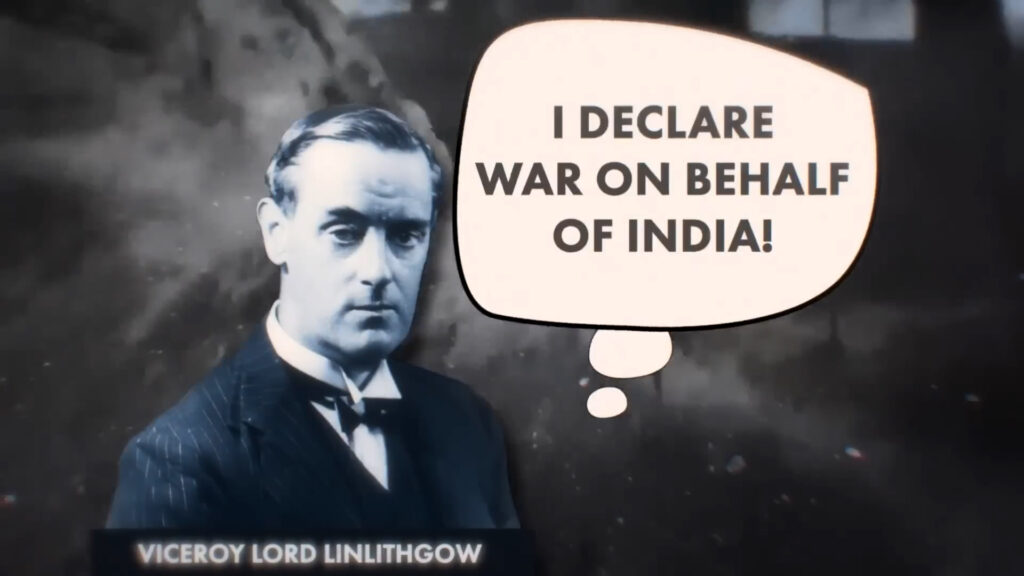
This was an embarrassing situation for Congress. And under the Government of India Act, Congress had some control over the ministries, so they resigned from their positions. Meanwhile, Subhash Chandra Bose was organizing his own party.
The Forward Bloc. Although this party was formed within the Congress, by the year 1940, it was separated from the Congress’s main organization. There were two reasons behind this. First, Subhash Chandra Bose was becoming too vocal about his leftist ideology, which wasn’t appreciated by the other leaders of Congress.
And the second reason was that Bose wanted to use World War II for India’s benefit. He wanted to take action quickly, and breaking off from Congress had become a necessity for him. In July 1940, Bose was leading a march in Calcutta, because of which he was arrested by the British government.
Being in jail, he challenged the government by launching a hunger strike. “Release me, or I shall refuse to live.” He made a straightforward announcement. “In 1940, he was languishing in prison. So he gave an ultimatum to the British government and undertook a fast unto death.”
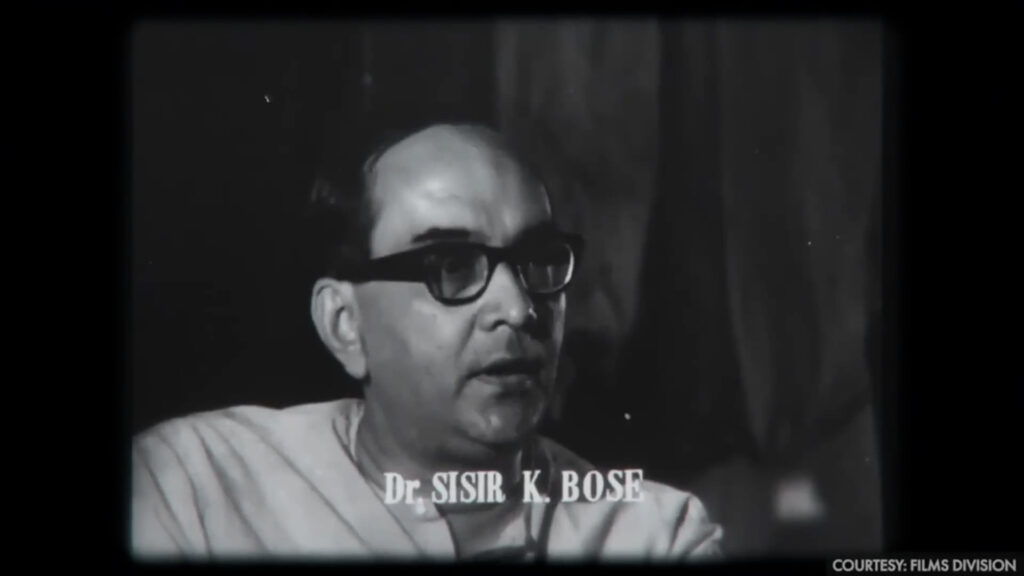
Gradually, his health deteriorated. And in just one week, the government decided to release him from jail and put him under house arrest. The government did not want to be blamed if Subhash Chandra Bose were to d!e in jail. So they thought that as long as he was in poor health,he should be under house arrest.
And as soon as his health improved, they wanted to throw him back in jail. But Netaji was devising his own plans. His plan was to go to Germany and ask the Germans for help to fight against the British. But how could he reach Germany? Bose contacted a communist organization in Punjab to find out if there was a way to cross the border and reach Germany secretly.
Netaji Subhas Chandra Bose: From Hitler’s Germany to Japan, do you know 5 facts about Netaji Subhas?
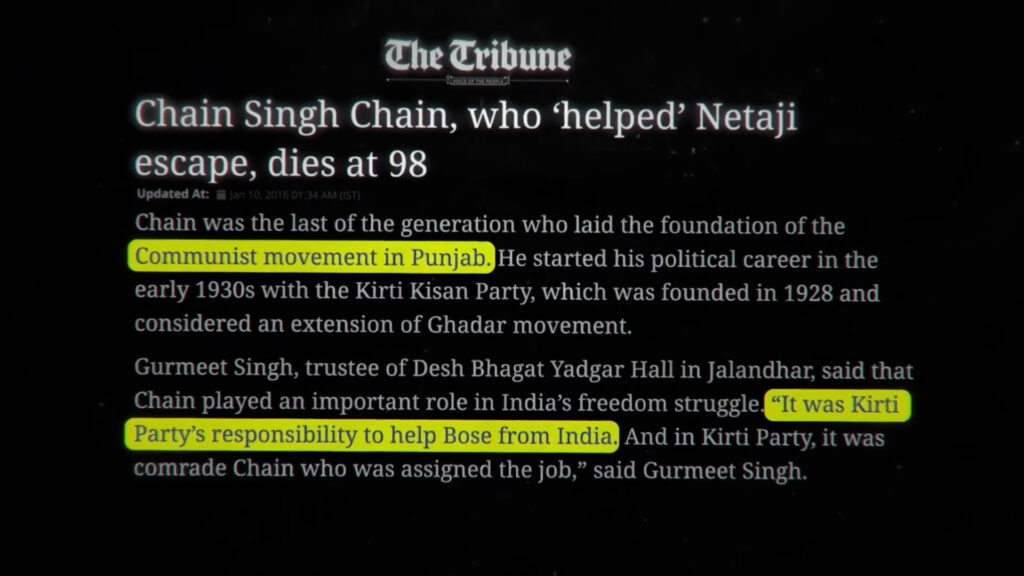
He was told that there was a way. To enter Afghanistan and go to the Soviet Union, he could go to Germany. On January 16, 1941, at around 1.30 AM, when the city was sleeping, Netaji sneaked out of his house with his nephew, Shishir Kumar Bose.
He was in disguise. He was pretending to be an insurance agent,
Muhammad Ziauddin. Together with Shishir, they drove through the dark all night and reached Dhanbad at around 8.30 AM. They spend a night at Shishir’s brother Ashok’s house and the next day, from the nearby Gomo station, Bose boarded the train Kalka Mail.
This train reached Delhi first and there, he took another train to go to Peshawar, the Frontier Mail. In Peshawar, he was received by the provincial leader of the Forward Bloc, Mian Akbar Shah
The next step was to leave the territory occupied by the British. To do this, he changed his disguise. Instead of Mohammad Ziauddin, he became a deaf and mute Pathan man.
It was necessary for Bose to be deaf and mute because he could not speak Pashto. So, if anyone came to check them at the border, the person accompanying him could tell them that he was a deaf and mute Pathan.
He traveled with another leader of the Forward Bloc, Bhagat Ram Talwar, and both pretended that they were going to the shrine of Adda Sharif in Afghanistan.
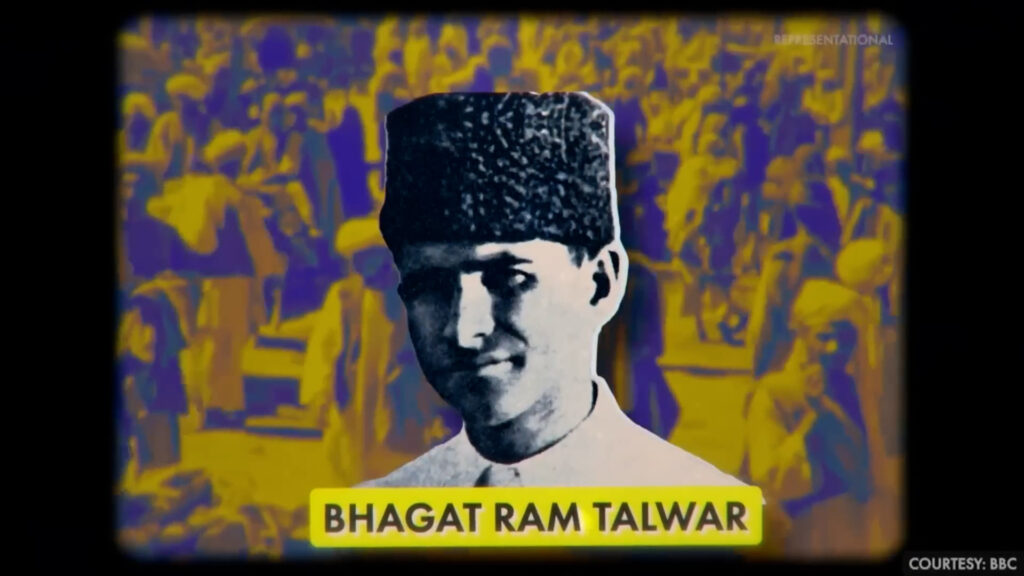
To pray that they could speak and hear. On January 26, 1941, they left Peshawar and crossed the border of the British Empire by evening. By the morning of January 29, they had reached Adda Sharif and completed the journey to Kabul in trucks and tanks.
It took Netaji 15 days to reach Kabul from Calcutta. But the British government found out about his escape 12 days after the fact. This is because the people at his home constantly delivered food to his room.
And his other nephews would simply eat his food. People believed that Netaji was still in his room. Since the food was delivered and eaten regularly,. His escape was so secret that even his mother didn’t know about it.
It was only on January 27th that a case was to be heard against Subhash Chandra Bose in court. When he did not appear at the court, his two nephews informed the police that he was not at home.
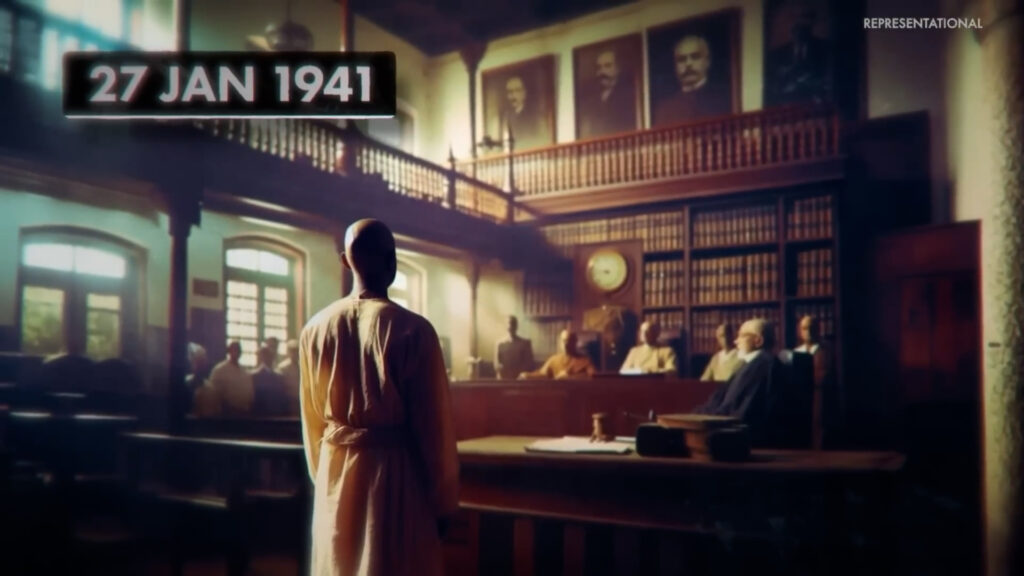
On January 27, the news of his disappearance was published in the newspapers Anand Bazaar Patrika and Hindustan Herald. After this, Reuters picked up on it, and this news spread all over the world.
Many reports were made to British intelligence. One report said that he was on a ship going to Japan; another said something else, but none of the reports were correct.
A ship going to Japan from Calcutta was searched by the British. But there was no sign of Bose. Subhash had told his nephew Shishir that if the news of his escape could be kept a secret for 4-5 days, it would be impossible to catch him after that.
And this was true because, after that, the British government could not catch him again. After reaching Kabul, Netaji went to the Soviet embassy to ask for help. But he didn’t get any help from there because the Russians mistook him for a British agent who wanted to infiltrate the Soviet Union.
Netaji Subhas Chandra Bose: From Hitler’s Germany to Japan, do you know 5 facts about Netaji Subhas?
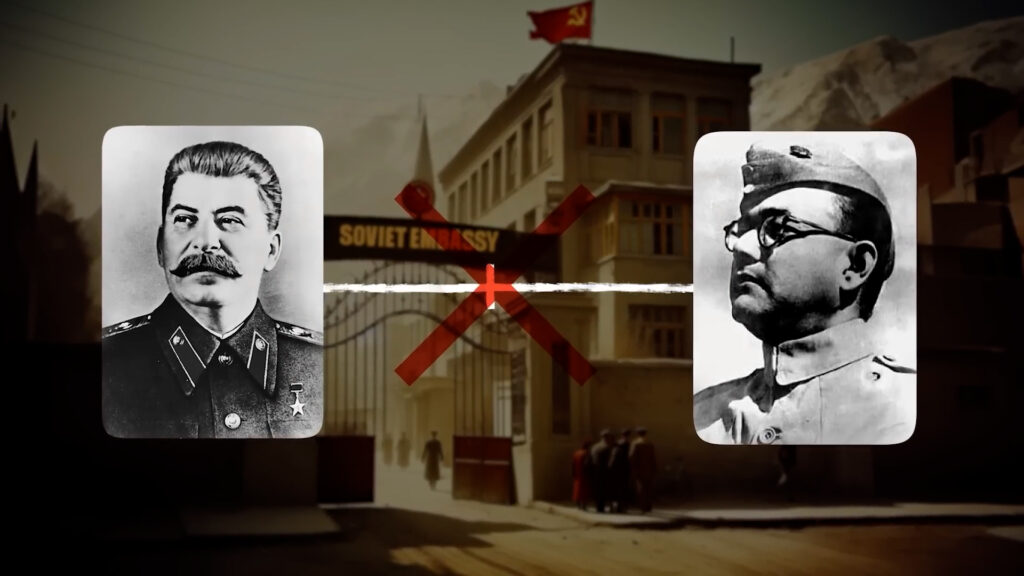
Then he tried to contact the German embassy. Hans Pilger, a German minister who was present at the embassy at that time, sent a telegram to the German foreign minister on February 5, saying that after meeting Subhash, he had advised him to stay hidden in the market with his Indian friends, and on his behalf, the German minister would contact the Russian ambassador.
A few days later, Netaji received a message that if he wanted to leave Afghanistan, he should meet the Italian ambassador. This meeting took place on February 22, 1941, and on March 10, 1941, Bose was asked to get a new Italian passport.
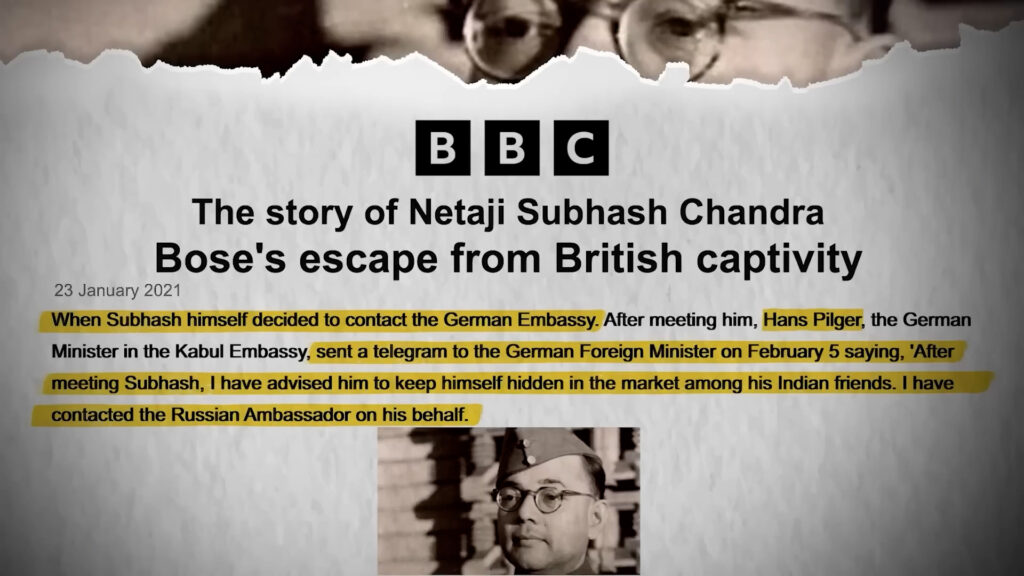
Bose was given a new Italian passport with a new Italian identity. This was the photo on his Italian passport, and his new name was Orlando Mazzotta. In the meantime, the British government had intercepted an Italian diplomatic communication and they had found out that
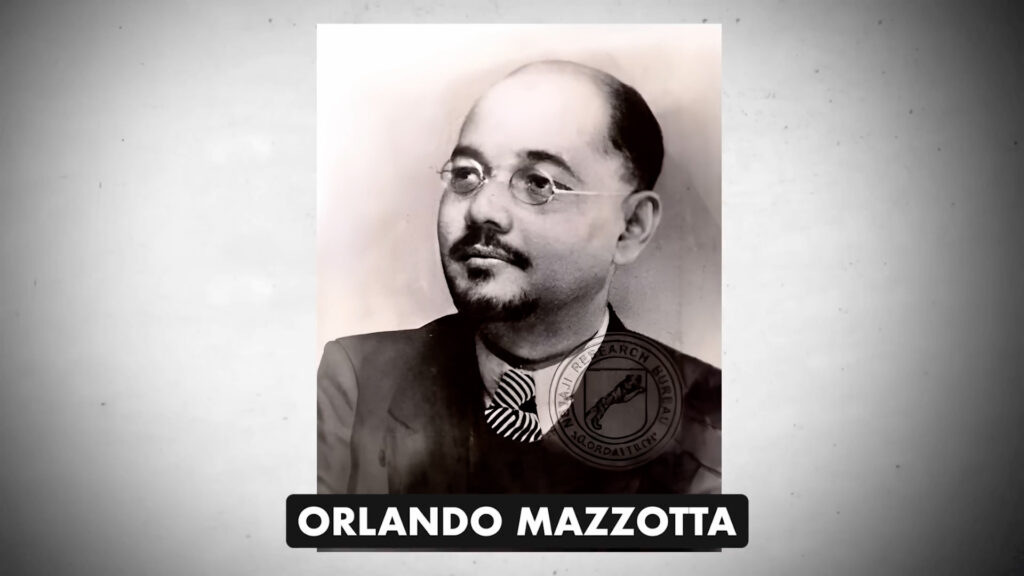
Bose was in Kabul. They also found out that he was planning to go to Germany through the Middle East. Two special operations executives of British intelligence were tasked with finding Bose in Turkey and killing him before he reached Germany.
But Netaji was one step ahead. He never went to the Middle East. Instead, he went to Moscow using his new identity. From Moscow, he finally boarded a train to Berlin, and on April 2, 1941, he reached the German capital, Berlin.
Here, Netaji had three objectives. First, to set up an Indian government in exile. Second, to find a way for his voice to reach the people. And third, to establish an army made up of Indians—those Indians who were prisoners of war.
Now let’s see one by one how Netaji worked on these and how he met the German dictator, Hitler. The biggest struggle was that Germany had to give diplomatic recognition to India. He wanted Germany and the other Axis powers to officially declare India a free country.
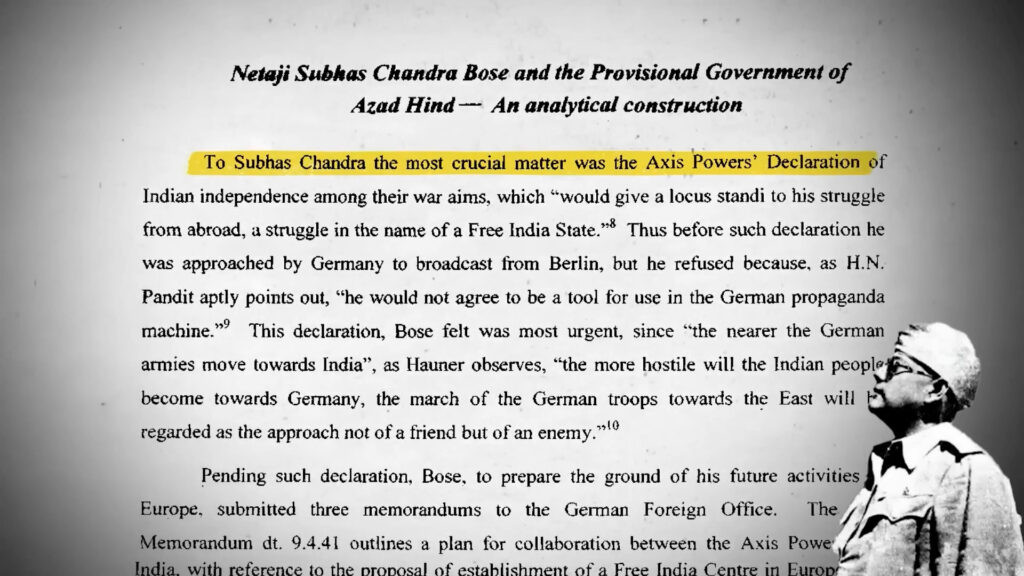
And to make India’s independence one of their war aims. But Germany never made such a declaration because Hitler was not comfortable with this idea. In his infamous book Mein Kampf, Hitler stated his opinion about India.
He wrote that he admired the British government for the way they had dominated and administered India. And despite having German blood, despite everything, he wrote that he wanted to see India under British rule.
Not only that, Hitler made fun of Indian freedom fighters by calling them Asian jugglers. India’s fight for freedom was a joke to Hitler. But still, Hitler wanted to use Netaji Subhash Chandra Bose against the British in WWII.
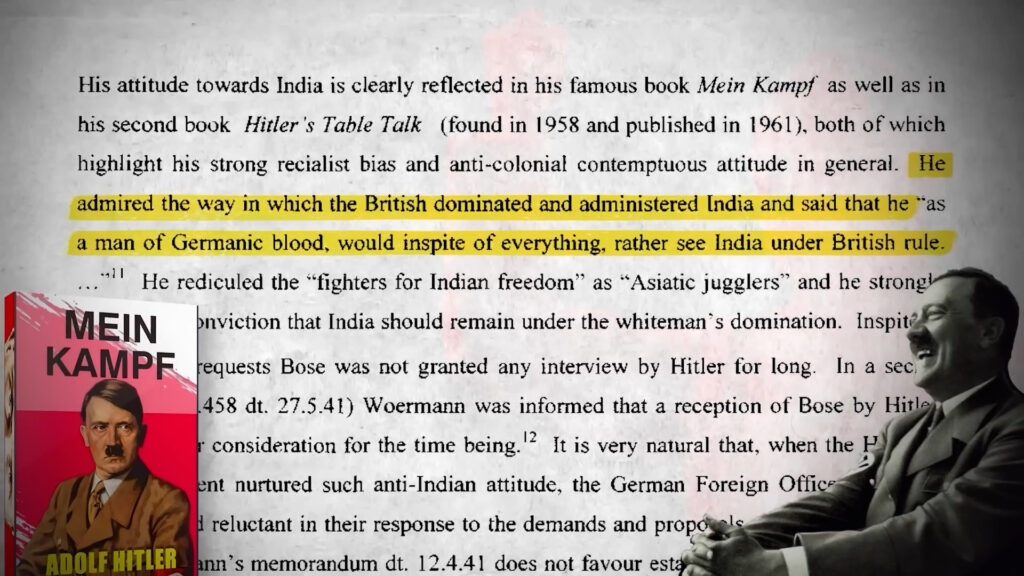
Netaji was fully aware that his relationship with Nazi Germany was merely a transactional one. Both sides saw their benefit; that’s why the relationship existed.
Otherwise, it wouldn’t. With this, he started working. He made plans for how India could collaborate with the Axis Powers. He established a Free India Center in Berlin. And then he submitted a memorandum to Hitler, asking Hitler to attack India with his army so that the British could be removed from there.
It would be akin to attacking the heart of the British Empire. He tried to manipulate the situation to incite Hitler into taking his army and fighting the British in India. But that had no positive result.
Watch for details, Vedo:
The main reason was that Hitler was not concerned about India’s freedom. But there was another German who was actually quite interested in helping Bose. Adam von Trot is head of the India section of the Foreign Office in Berlin. With his help, this foreign office was turned into a Special India Division.
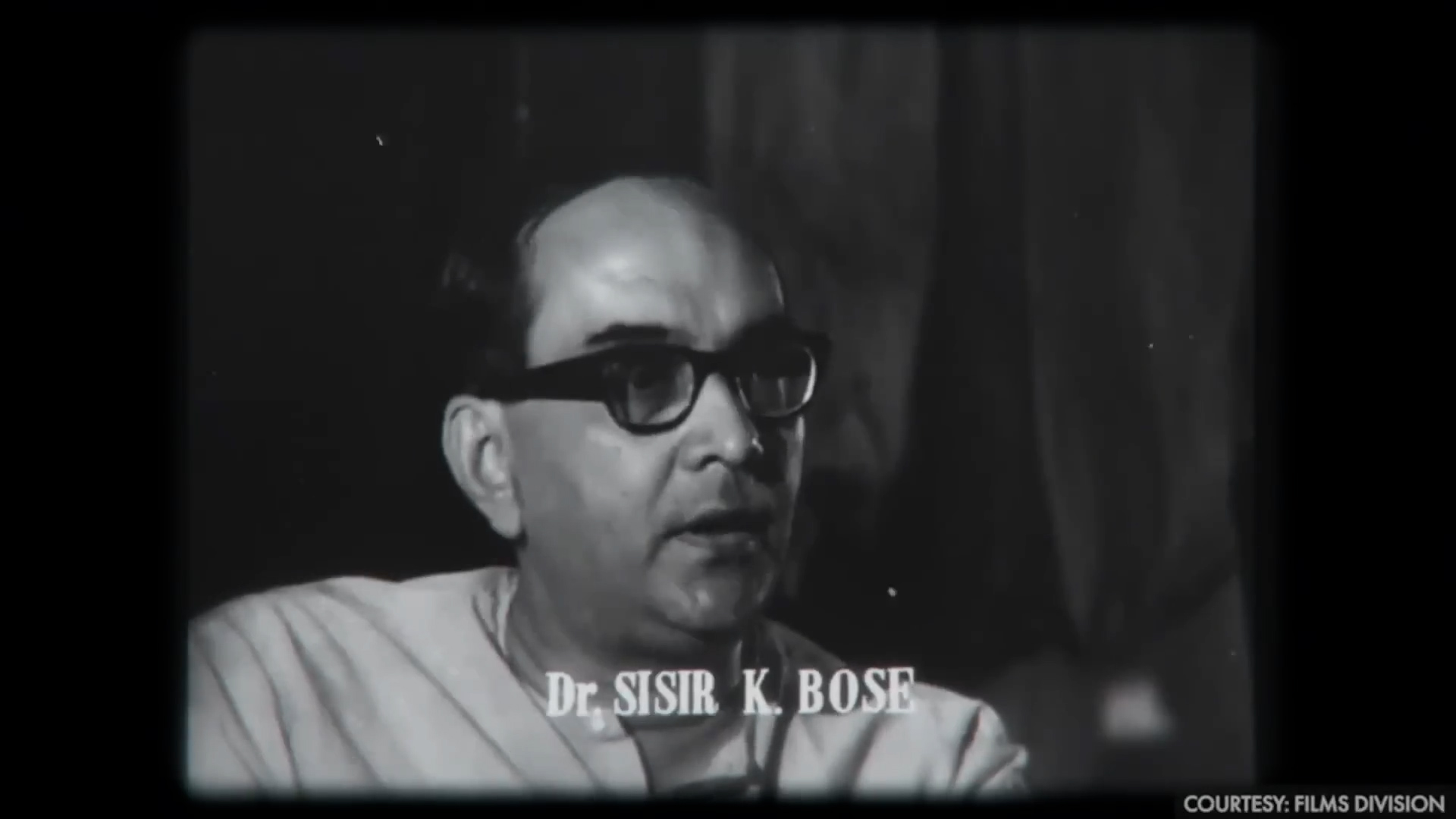
[…] Netaji Subhas Chandra Bose: From Hitler’s Germany to Japan, do you know 5 facts about Netaji S… […]
[…] Netaji Subhas Chandra Bose: From Hitler’s Germany to Japan, do you know 5 facts about Netaji S… […]